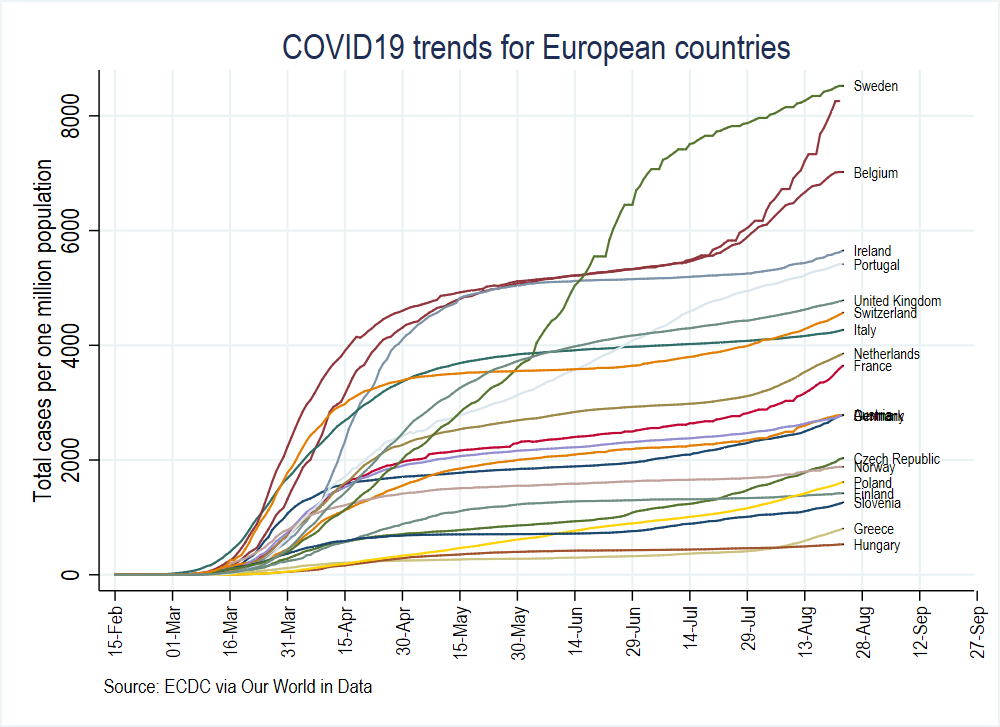

gen difference = ln (abandon_qry) - ln (abandon_qry ) or.

To get the number of days in between, just subtract one date from the other: The way I do it is by jumping back and forth between a “results” data set and a “simulated data” data set using the preserve and restore commands.
STATA MISSING VALUES HOW TO
Issue How to create a calculation to find the difference between two values of the same measure in a view.**Also in the example the rows are in order, but in the real If you don't specify a value for lag, the differences are calculated between consecutive rows (lag = 1). You can interchange data, metadata, and results at will. edu [ - This calculator also displays the Kaplan-Meier survival plot for groups. So, the easiest way to do this is by using a difference-days function to a constant date like current date if your model has that.© W.For example, to take the natural log of v1 and create a new variable (for example, v1_log), use: gen v1_log = log(v1) For additional help, see the help files within Stata (for each of the following topics, enter the corresponding help command): However, these values will be left unchanged if the option copyrest is added. In this case, all values that do not meet the condition(s) specified will be recoded to missing values if the gen option is used. Recode may be used together with an if and/or an in clause. The double inverted commas around the labels are necessary only if a label contains blanks but I can't see no reason why you should not always use them. (6/8 = 3 "Tertiary sector"), gen(industry_3) Recode industry (1 2 = 1 "Primary sector") (3 4 5 = 2 "Secondary sector") /// When generating a new variable, the new values can be em>labelled in the process of recoding. The maximum value (missing values are not considered here!)Īll missing values not changed by another ruleĪll non-missing values not changed by another rule Refers to the minimum value, whatever it is Some keywords may appear on the left of the equals sign to make things easier: min Stata will place all respondents with an income of 1000 in the first category, and all those whose income exceeds 1000 (whether it's 1000.1 or 1001 or 1500) and is less or equal 2000 in the second category, and so on.Ģ. It may seem tedious to define the boundaries of the classes in order for them not to overlap, but actually this is not the case. Recoding is often useful to group (or classify) the values of a variable with many values, such as age or income. If you want to store the recoded variables as new variables, you may add the appropriate number of (new) variable names within the parentheses following gen. If several variables are to be recoded in the same way, you don't have to write several recode commands just list all of these variables after recode. They are required, however, when several variables are recoded with a single command or if the recoded values are labeled (see below). In the simple example presented here, the parentheses around the clauses (e.g., 1 2 = 1) are optional. (Of course, you will have stored a copy of the dataset elsewhere, so this is not a serious problem.) If you are sure that you want to retain the original name of the variable with the recoded values, you may omit the gen option but the original values of the variable will be lost in this case. What follows after the comma causes Stata store the result in variable "industry_3". Here, 6/8 means "6 through 8" the boundaries (i.e. Let's assume that a a variable with eight categories is to be simplified by merging some of the categories: Normally, the recoded variable is not supposed to replace the original variable rather, you will add the variable with the recoded vlues to the data set under a different name. If you wish to change the categories of a variable, you may employ the command recode. Multiple Imputation: Analysis and Pooling Steps.Confidence Intervals with ci and centile.Changing the Look of Lines, Symbols etc.


 0 kommentar(er)
0 kommentar(er)
